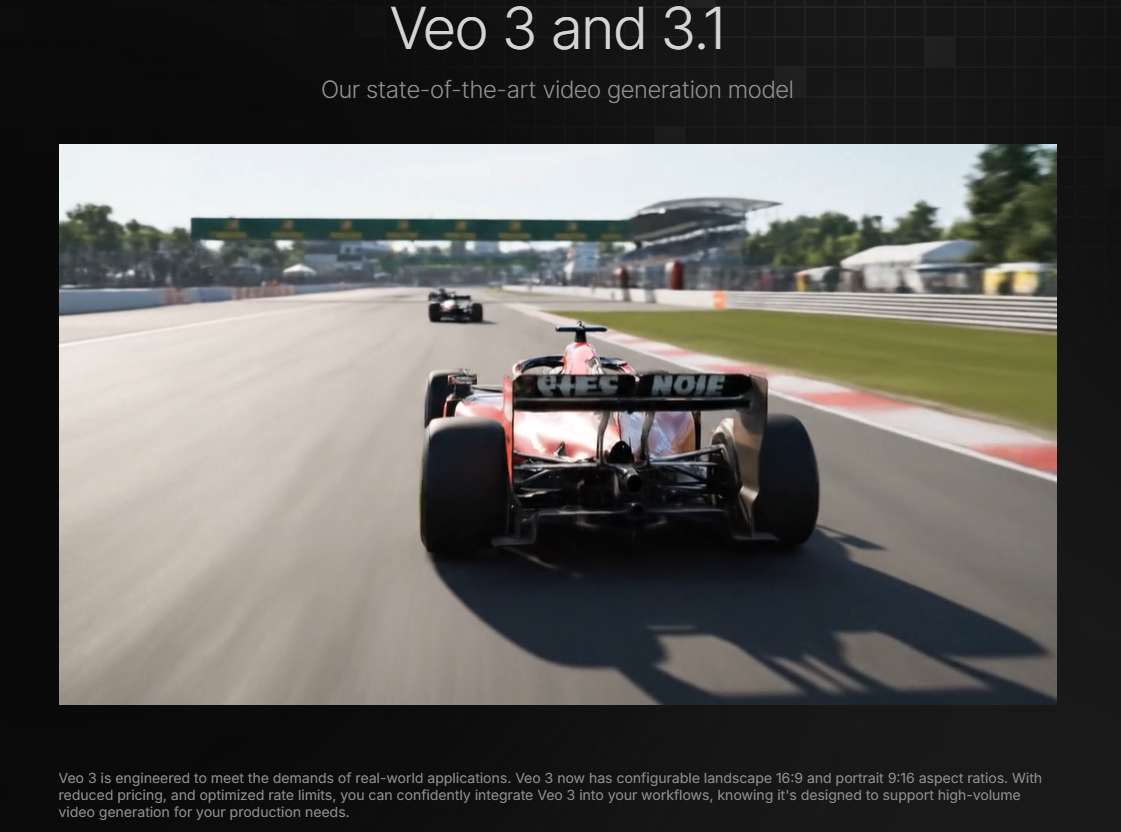Rhyno Hu
October 24, 2025
5 min
Rhyno Hu
October 24, 2025
5 min
AI video tools are everywhere, but many users still face one frustrating problem — “Suck AI videos.” These are clips with broken motion, jittery transitions, or strange instant resets on the first frame. As more creators share their struggles online, 2025 has made motion consistency a key benchmark for quality. This post breaks down what “Suck AI video” means, why tools like Veo3 or Seedance struggle, and how solutions like VeeSpark are changing the game for creators who want smooth, stable AI motion.
Online creators talk openly about their disappointments. On Reddit and similar forums, many posts sound the same: “Why does my AI video keep jumping from one pose to another?” or “My character resets every second—it’s unwatchable!”
Here are a few examples of what users are saying:
Common complaints include:
Creators describe these moments as “breaking the illusion,” ruining an otherwise great idea. Many now refer to them simply as “Suck AI videos.”
A “Suck AI video” is a short, AI-generated clip that looks unstable, inconsistent, or visually confusing. These videos often suffer from frame resets, poor motion flow, or jerky character actions that disrupt storytelling.
Technically, these problems happen because:
In simple terms, the AI doesn’t “see” the video as a moving sequence. It sees each frame as a new image — and that breaks the motion flow.
Today’s AI video tools — Veo3, Hailuo, Seedance, and Kling — are powerful, but each has clear limits that frustrate creators.
Veo3 is known for generating cinematic scenes with detailed lighting and camera angles. However, users often complain about two specific problems:

Hailuo focuses on creative storytelling but struggles with frame blending. Its transitions can appear rough, especially during fast motion or camera pans.
Kling
Kling is fast and detailed but sometimes prioritizes realism over motion continuity, resulting in “frozen action” scenes.
If you want to explore the benefits of these models without their weaknesses, try VeeSpark — an All-in-One AI Creative Studio.
VeeSpark Highlights:
Creators can experiment with different AI engines, compare motion stability, and pick what works best — all from one workspace.

In 2025, audiences expect smooth motion that feels natural and cinematic. Whether it’s a short film or a product demo, motion consistency determines how real the video looks.
When motion is smooth, the viewer stays engaged. Even a small flicker or jump can break focus and reduce emotional impact.
New AI models now include “temporal coherence engines” — systems that track pixel movement between frames. This technology helps the model understand where each object or character was before, so it keeps them in the right place as the scene continues.
For creators, stable motion means fewer retakes, cleaner edits, and better storytelling. It saves time and produces content that looks professional instead of experimental.
Creating stable motion in AI video generation takes practice. Here are some direct methods to improve results:
When possible, upload a reference frame to guide the model. This keeps character position and environment consistent.
Break the video into segments with clear start and end poses. This helps the AI predict movement paths instead of guessing.
Some platforms allow you to increase “motion influence.” This tells the model to rely more on previous frames for smoother transitions.
Avoid commands that cause abrupt changes. Instead of saying “turn around suddenly,” use “slowly rotates to face the camera.” This prevents frame-one resets.
Upcoming updates in 2025 promise better memory between frames. Tools like VeeSpark are already testing these improvements, showing fewer jump cuts and more natural motion continuity.
AI developers are now focused on creating persistent object tracking — the ability for models to follow every pixel across frames. This will make motion smoother and prevent sudden resets.
Future models will include:
These innovations mean that by late 2025, “Suck AI videos” may finally become a thing of the past.
Q1: What causes Veo3’s jump cuts?
Veo3 sometimes ignores the previous frame when generating the next, leading to a visible jump or restart. This is a known issue caused by frame independence.
Q2: Can you fix motion inconsistency manually?
Yes. You can use post-edit tools or reference-based generation to smooth transitions. Tools like VeeSpark also automate this process.